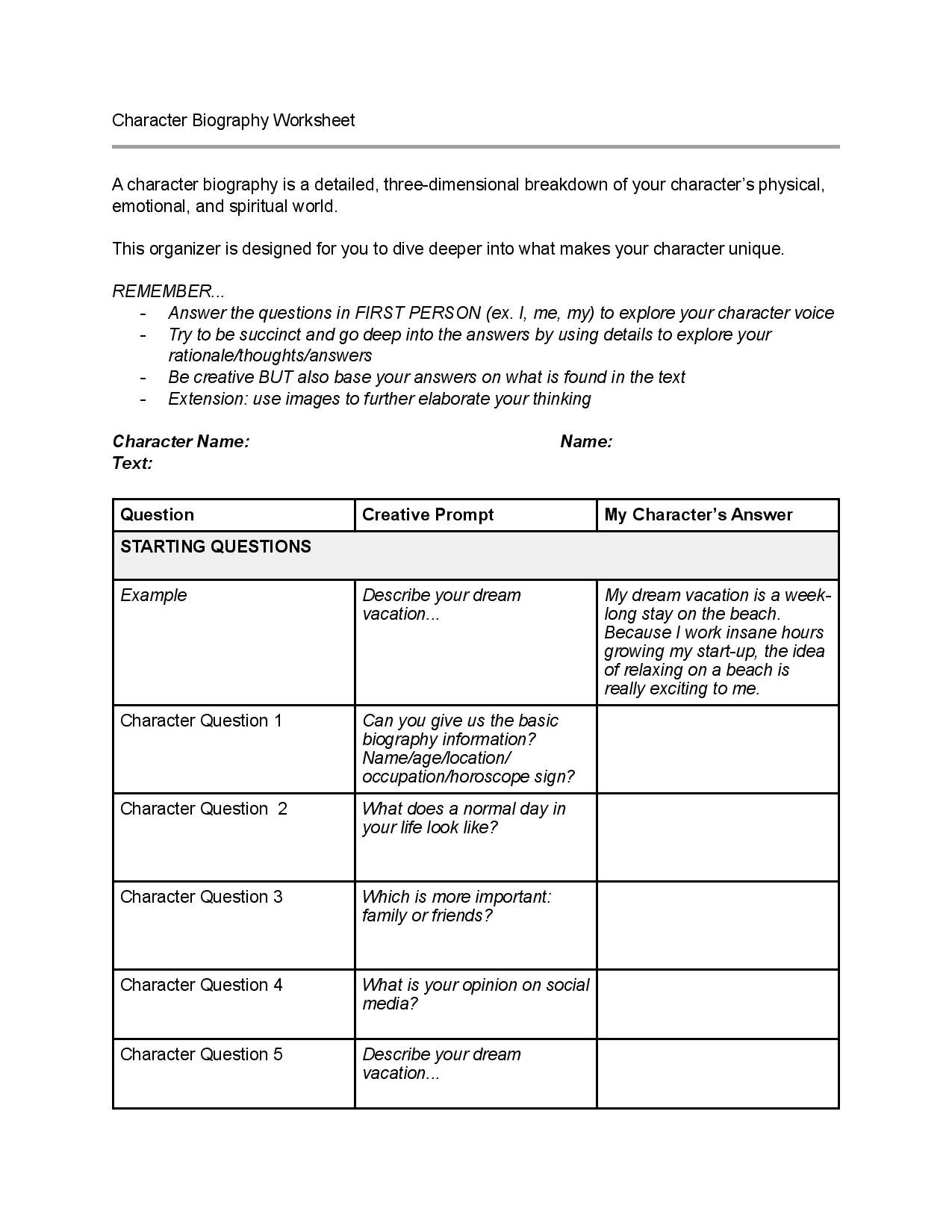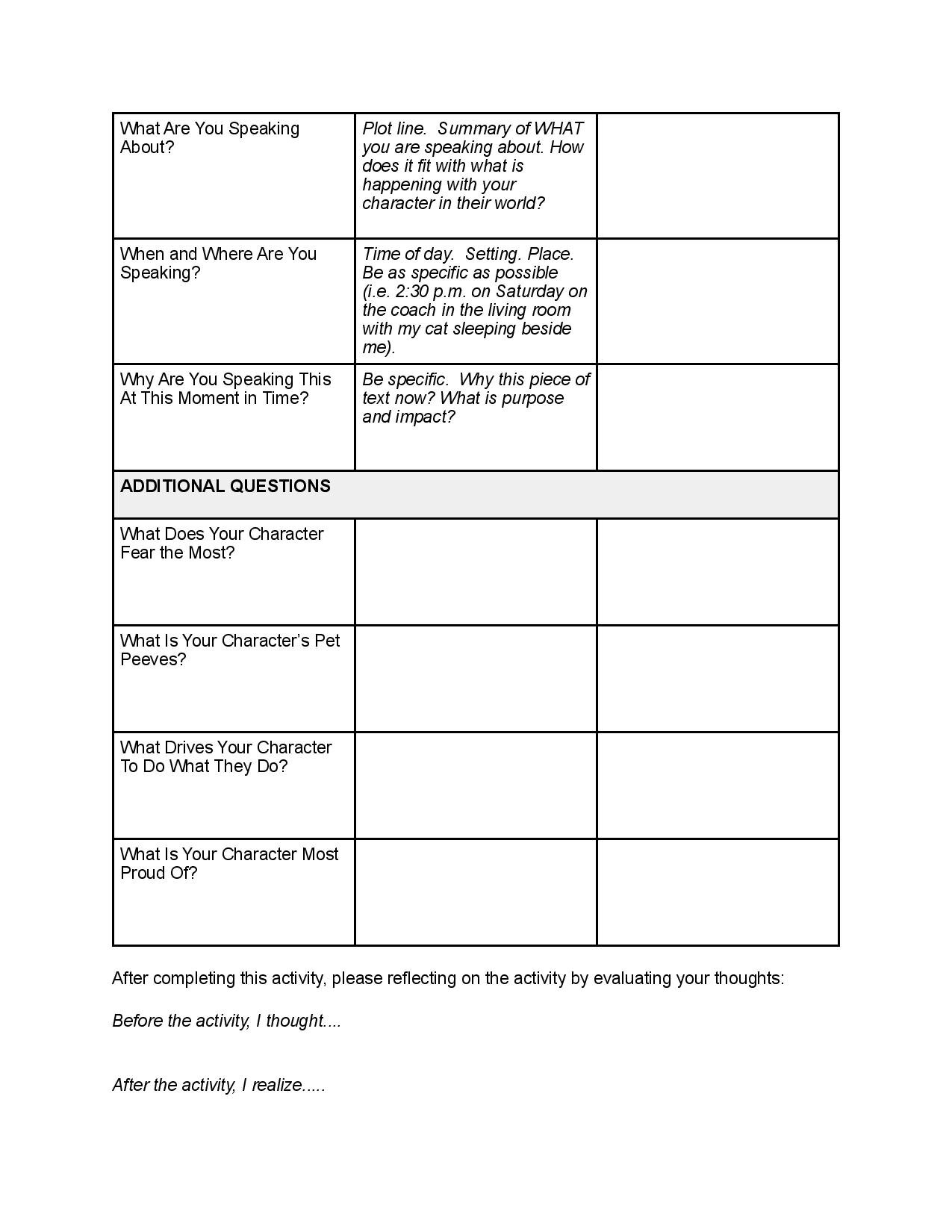Get your message across to your audience by using questioning technique to fully know the character you’re playing.
Before you dive into rehearsal, make sure to do some of pre-work to bring out the message and meaning of your piece.
I love staging a theatrical piece.
The act of blocking, and piecing together how your theatrical piece is going to look, sound and feel on the stage with your actors, is one of the most exciting aspects of the creative process.
As a director, this is an opportunity to take all of the research and background work and turn words, theories and ideas into action. As an arts educator, it’s important to build to this moment in the rehearsal process with the students.
I call it the - do you know what you are saying - check-in.
Sometimes, as artists, we get really excited about staging our that we forget to do the work required to properly communicate the playwright’s message to our audience.
Whether you are staging a monologue or a massive musical theatre production, it’s so important to “know what you are saying” with your theatrical work. It starts with the basic plot and grows to themes and metaphors depending on what message you would like to convey to the audience.
So, before you start rehearsing, make sure that you have an firm understanding of the following three things:
the plot of the piece, including themes, time periods, and storyline
an understanding of WHY the piece is relevant to audiences today
a clear understanding of your character’s objectives and tactics. Objectives are the character’s goals or aspirations. Tactics are things the characters are willing to do to reach their goals. Doing a detailed character biography can help to align your character’s objectives and tactics with the overall themes and messages of your show.
Remember: People like watching performances because they are full of action. Audiences want you to show the struggle, the conflict and what motivates the characters to do what they do. Showing this will allow the audience to go on the journey with your character, emphasizing, agreeing and disagreeing with them as they conquer their goals.
So, my artist friends, before you jump into staging, don’t forget about doing this very important work to make your performance the best that it can be!
Happy Creating!




